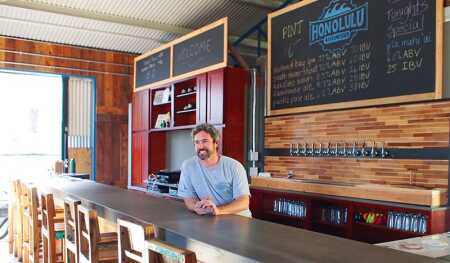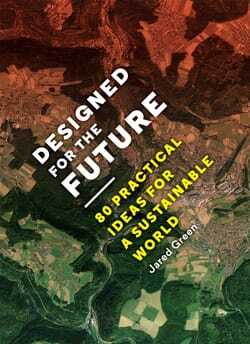The following is an excerpt from Designed for the Future: 80 Practical Ideas for a Sustainable World by Jared Green, published by Princeton Architectural Press, 2015.
Idea: Build the community upfront and invest for the long term.
Our Kaka’ako is a 29-acre (11.7 ha) project in Honolulu developed by the Kamehameha School, a charitable trust formed by the last living descendant of the Hawaiian king Kamehameha. His descendants left hundreds of thousands of acres, which were designated to be used or sold only to educate native Hawaiian children about their language and culture. The trust provides scholarships and other programs, supported by the sale of land in urban areas and developed places like Kaka’ako.
Kaka’ako is a low-lying area near the water where there once were productive fish and salt ponds. It was then zoned for industry, and ten years ago it was Honolulu’s warehouse district. Kaka’ako is now filled with workforce housing, condominiums, retail uses, and commercial office space.
The school started by creating a unique sense of place and then it created housing. Artists are moving into old warehouse lofts, and each month they open their studios for a collective night market. One tenant makes great beer, so a beer garden has appeared. Cultural activities have spread through the neighborhood’s alleyways. The school has made this into a neighborhood people want to live in. I want to live there.
This trust has a long horizon. It doesn’t have shareholders, banks, or investors; it is not worried about immediate profits. This place will be there in perpetuity.
Kaka’ako has turned the standard development model on its head. It is a mission-based development that proves this new concept can work. I hope that other developers will follow suit and build the community upfront and invest for the long term.
Jess Zimbabwe is founding executive director of the Urban Land Institute Daniel Rose Center for Public Leadership.






